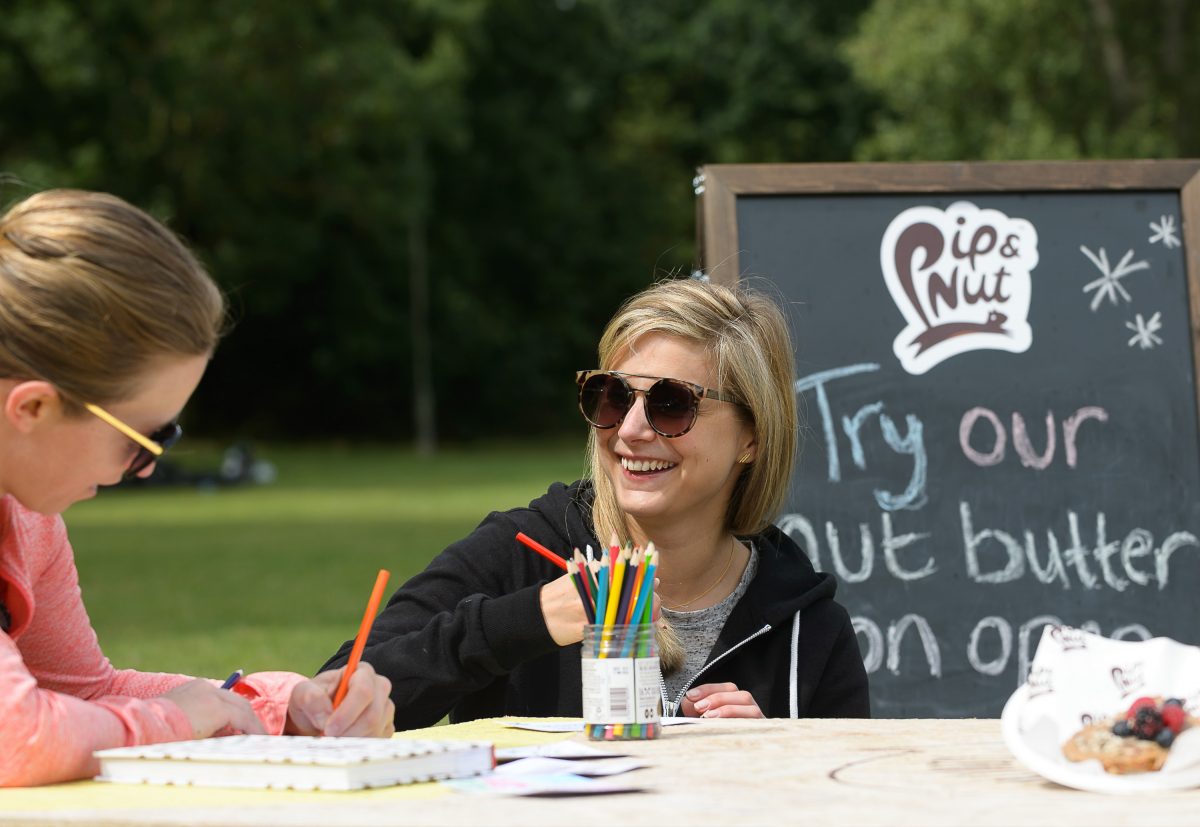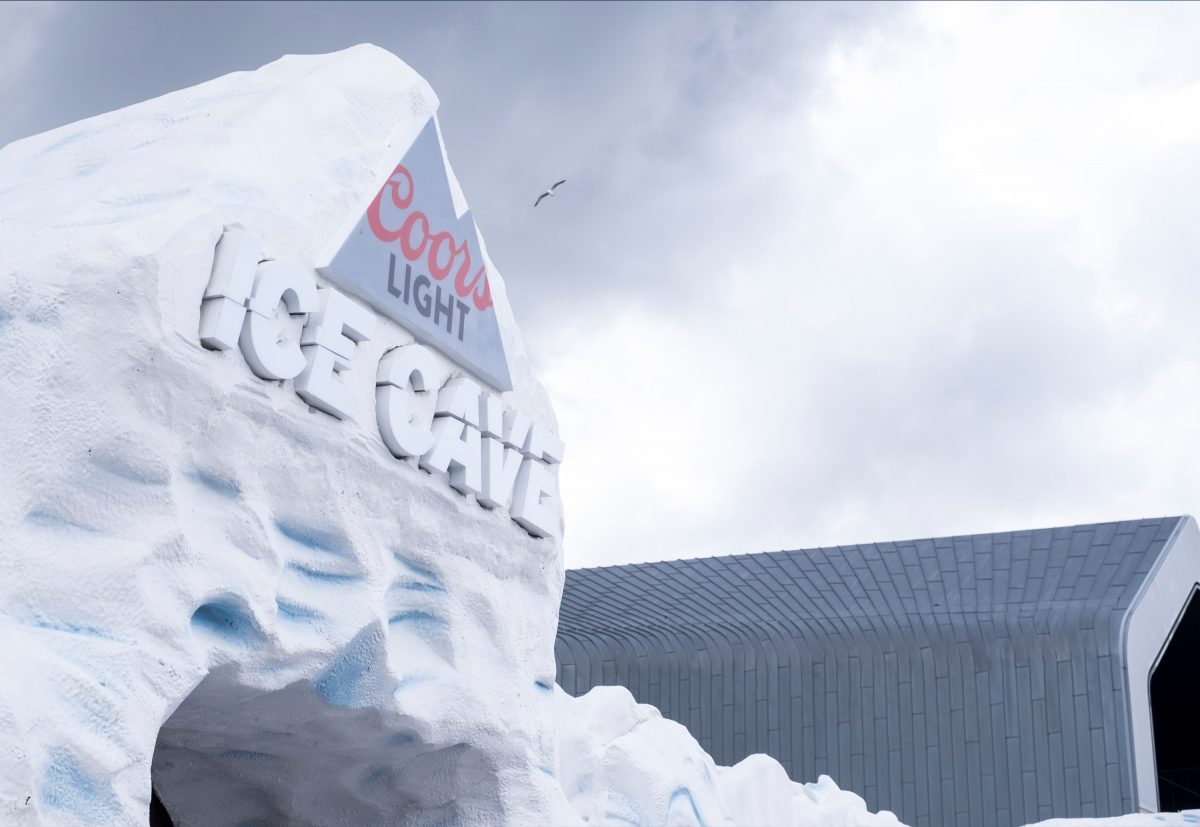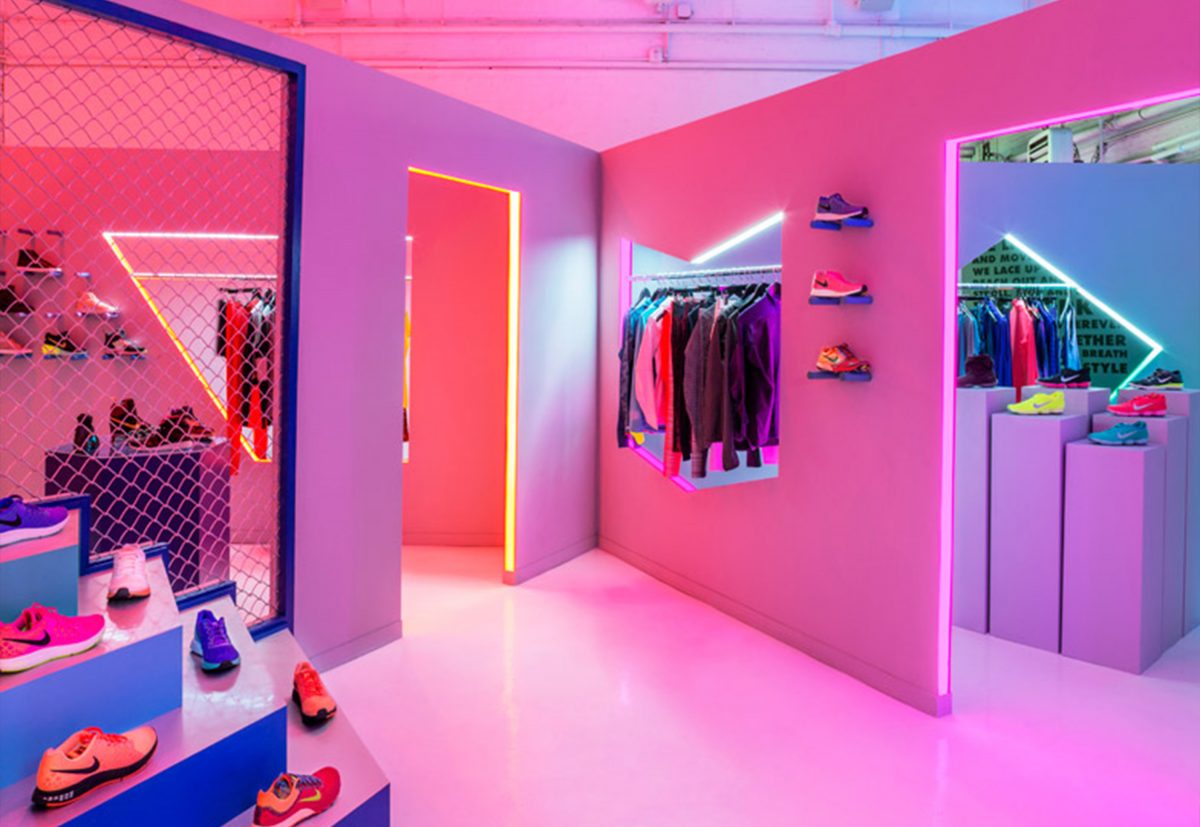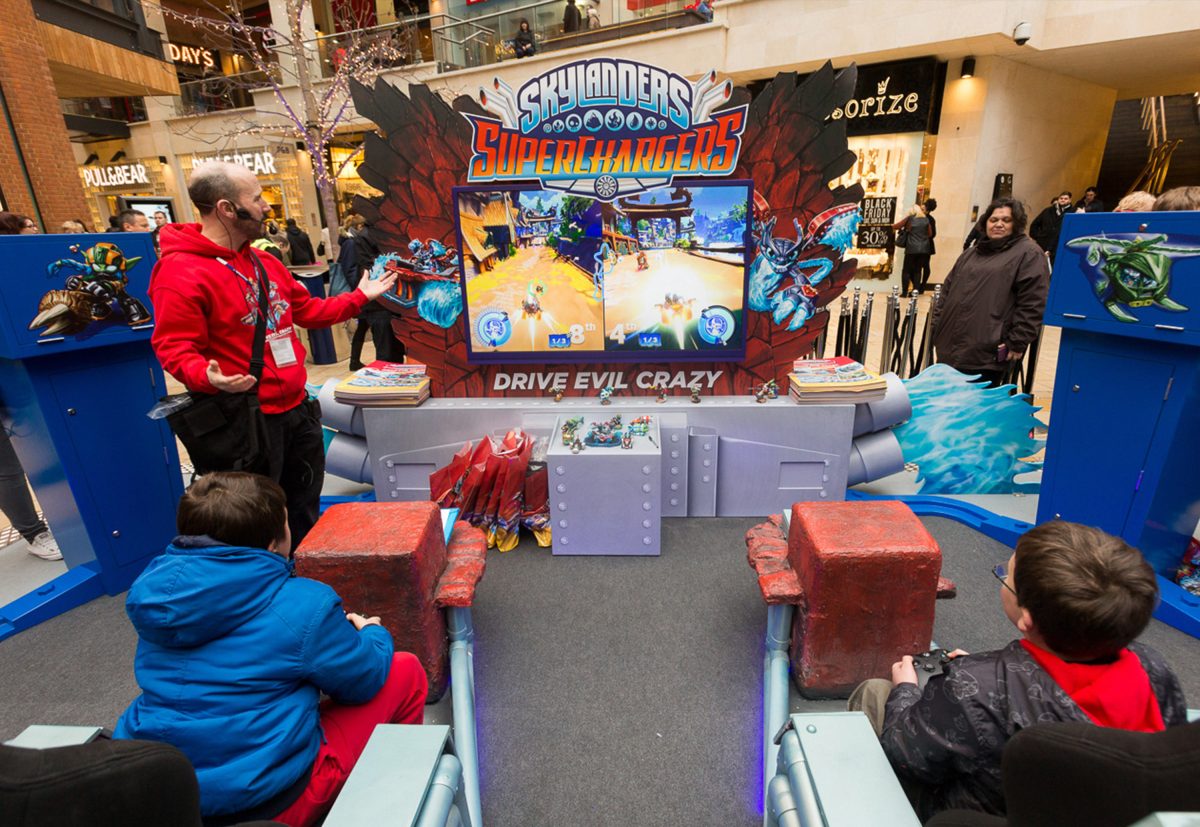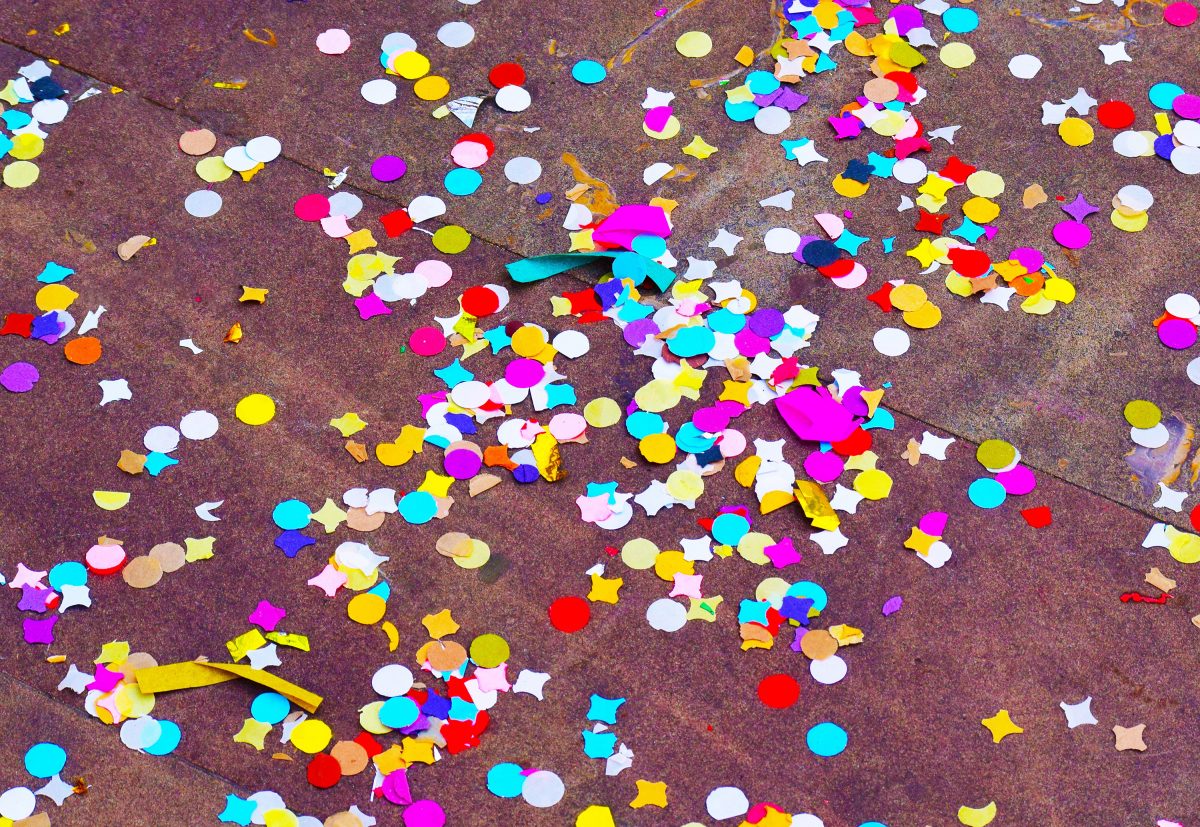FAO Schwarz reopened its doors to experiential last year with a theatrical retail experience, Carton Network is due to launch a hotel hosted by its adored characters this summer, and a fully immersive Toy Story-themed hotel will open its doors in 2021. Take note: the big players in the toy industry are maximizing brand experience like never before, reimagining what’s possible with technology and leveraging a tribe of ‘kidfluencers.’
In part, this is due to the rise of toy brands as entertainment franchises – companies such as Hasbro Inc., Mattel Inc. and The LEGO Group have shifted from being ‘just’ toymakers to becoming licensees, studios and fashion houses.
Toy brands today encompass a world of entertainment that is better sampled through real-life interaction, play and technology, in order to capture the attention of Generation Alpha – whose influence in big household purchases is set to outrank previous generations.
So, what should you keep in mind when planning an experience for toy brands?
1) Think like a kid. Your creative should be led from a child’s perspective. Ask yourself, what role can you play in their ever-evolving and enchanted world?
2) Never allow a dull moment. If an activation includes a wait, it should be a joyous part of the experience, not a chore. Disney World encourages guests to download a new app whilst waiting in line, to access quizzes and interactive family games – ‘turning wait time into play time.’
3) Enhance character connection through technology. There’s something quite magical about seeing your favorite characters appear in the real world, and AR provides the gateway experience to facilitate this. Disney Animation, in partnership with National Cinemedia, recently invited children to play ‘Wreck-It Ralph’ to reward them for be patient.
4) Consider a voiceover screen. Google Assistant has rolled out a new skill that allows kids to talk to the Wiggles via voice commands, taking them on all sorts of adventures. A recent MIT Media Lab study discovered that children find autonomous technologies such as Google Assistant friendly, trustworthy and smart. Ask yourself, could this level of direct engagement with characters be incorporated into the experience?
5) Embrace the rise of ‘kidfluencers.’ After all, 22% of U.S. kids get their toy envy from online influencers, accordingly to a Hotwire study.
6) Learn from in-store toy brand experiences. The American Girl Rockefeller Plaza store engages guests during multiple touchpoints throughout their visit – via an American Girl Salon featured inside the space. Dolls can be ordered online for collection, created in-store via a virtual interface or sent for a full pamper treatment at the in-store “spa.”
7) Don’t forget, parents play a role. The Toys that Made Us Netflix series is testament to the power of adult nostalgia. Don’t underestimate the opportunity for kids and adults to play together – rather than just observe.
8) Allow no barriers to play. Data capture can be key to a big brand toy experience, but try to diminish obstacles to hands-on play. Walmart launched a website called Toy Lab, also dubbed “America’s Best Toy Store” to help children learn about products through video demonstrations, allowing them to select their favorite toy for their holiday wish list – an excellent data play.
9) Appoint an all-star front line. Parents love it when someone else entertains their kids. Be sure your staff has experience working with children and that they can embody the values of a toy brand.
10) Boring will result in brand failure! There is no worse sin for a toy or game brand than to fail to be entertaining. If you can infuse your work with a childlike sense of joy and wonder, then you will not only entertain the kids but inspire their parents. A perfect example is Fatherly’s The Playroom, which meets both needs via a packed entertainment activity schedule and creative spaces.
Kateland Turner is senior account manager at the New York branch of our sense experiential marketing agencies.

